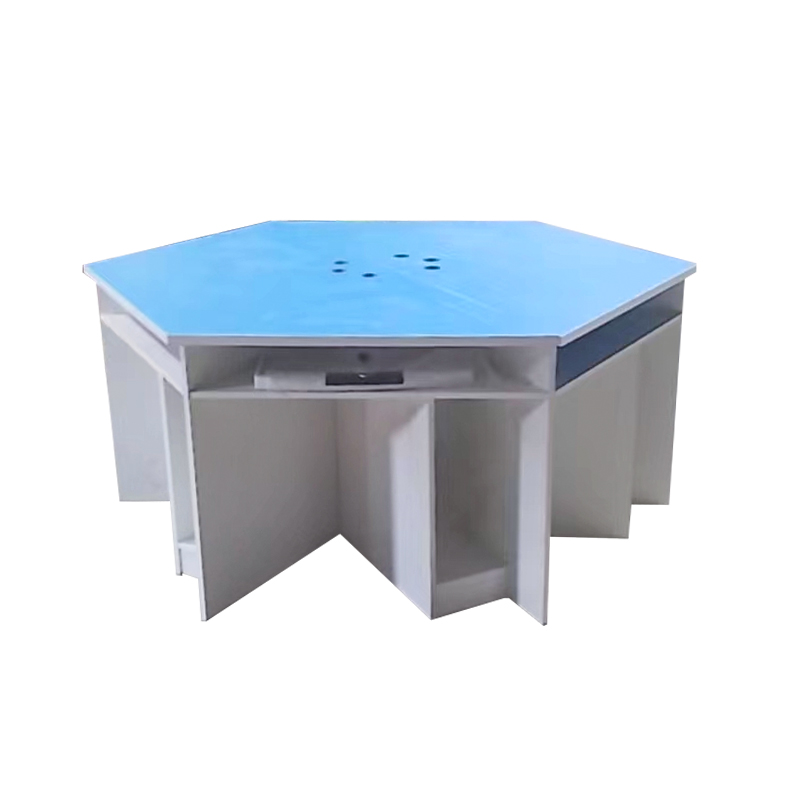In educational institutions, laboratory spaces are critical for fostering hands-on learning and scientific inquiry. To ensure that these spaces are functional, safe, and conducive to student engagement, the quality and design of educational lab furniture are essential. Educational lab furniture supplies include a range of equipment and furnishings designed to support a variety of scientific experiments, research, and activities. These items are crucial for creating an environment where students can explore, experiment, and learn in a controlled, organized manner.

One of the common types of lab furniture are workbenches, which are designed to provide a stable and durable surface for students to conduct experiments. These workbenches often feature built-in storage for equipment, tools, and materials. The surfaces are typically made of materials resistant to chemicals, heat, and impact, ensuring that the furniture can withstand the rigors of a laboratory environment.
Other essential pieces of lab furniture include lab stools, which offer comfort and mobility for students, allowing them to move around the workspace with ease. These stools are often adjustable in height to accommodate different users and are designed to be ergonomic to prevent fatigue during long periods of work.
In addition to workbenches and stools, educational lab furniture supplies often include storage cabinets, chemical storage units, and fume hoods. Cabinets and storage units are crucial for organizing lab materials and ensuring that chemicals, tools, and equipment are safely stored when not in use. Fume hoods, on the other hand, provide ventilation for potentially harmful gases and fumes, making them an essential component in any laboratory setting.
Finally, educational lab furniture also includes safety equipment such as eye wash stations, fire extinguishers, and safety showers. These are critical in maintaining a safe learning environment for students and staff.
Classroom equipment plays a pivotal role in the daily operations of educational settings, providing the necessary tools for teachers to deliver effective lessons. From traditional blackboards to modern smartboards, the range of classroom equipment influences how teachers engage with students, impart knowledge, and manage the learning environment.
One of the fundamental roles of classroom equipment is to facilitate teaching and learning. Tools such as projectors, interactive whiteboards, and digital displays allow teachers to present lessons in engaging and dynamic ways. These technologies can be used to show multimedia content, from educational videos to interactive exercises, making lessons more engaging and accessible for students. The use of digital equipment also allows for a more diverse approach to learning, catering to different learning styles and preferences.
Classroom equipment also aids in classroom management. Items like desks, chairs, and storage units are integral to organizing the classroom and ensuring that students have the appropriate space to work and learn. Teachers use desks to arrange students in a way that promotes interaction, focus, and collaboration. Storage units help keep instructional materials organized and easily accessible, saving time during lessons and ensuring that resources are readily available when needed.
Another critical role of classroom equipment is supporting assessment and feedback. Teachers use tools like grading software, assessment platforms, and interactive quizzes to gauge students' progress and provide timely feedback. This equipment allows for efficient tracking of student performance, helping teachers identify areas where students may need additional support and tailor lessons accordingly.
Moreover, classroom equipment contributes to creating an inclusive environment. Tools like adaptive technologies, hearing aids, and visual aids ensure that students with different abilities have equal access to education. For example, a teacher might use a microphone system to support students with hearing impairments or utilize screen magnifiers for students with visual challenges.


 English
English русский
русский Español
Español عربى
عربى
